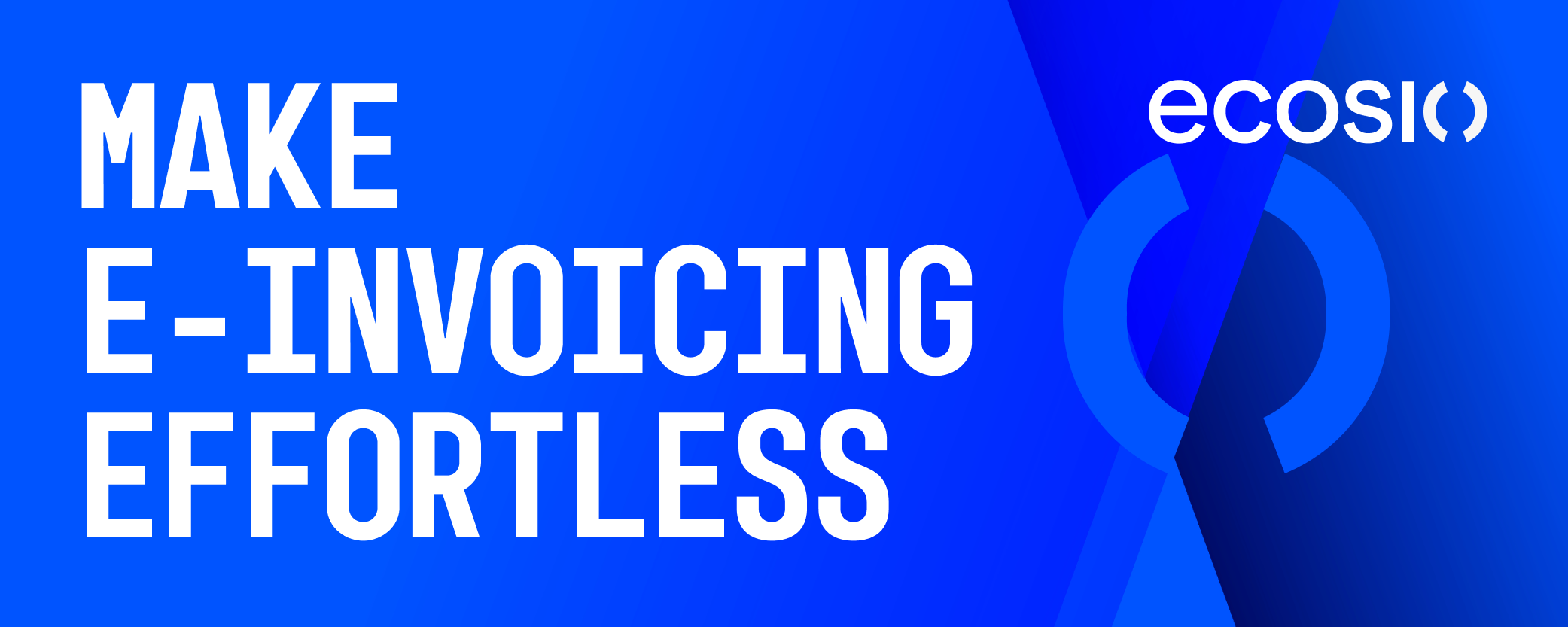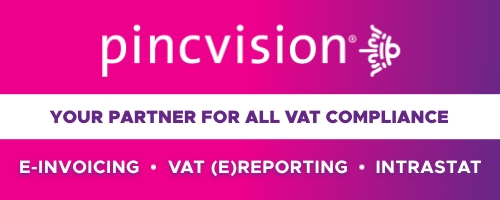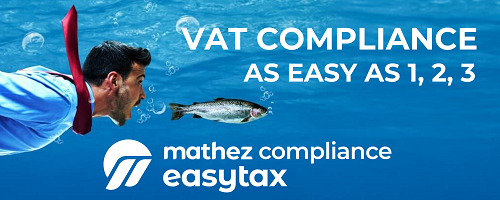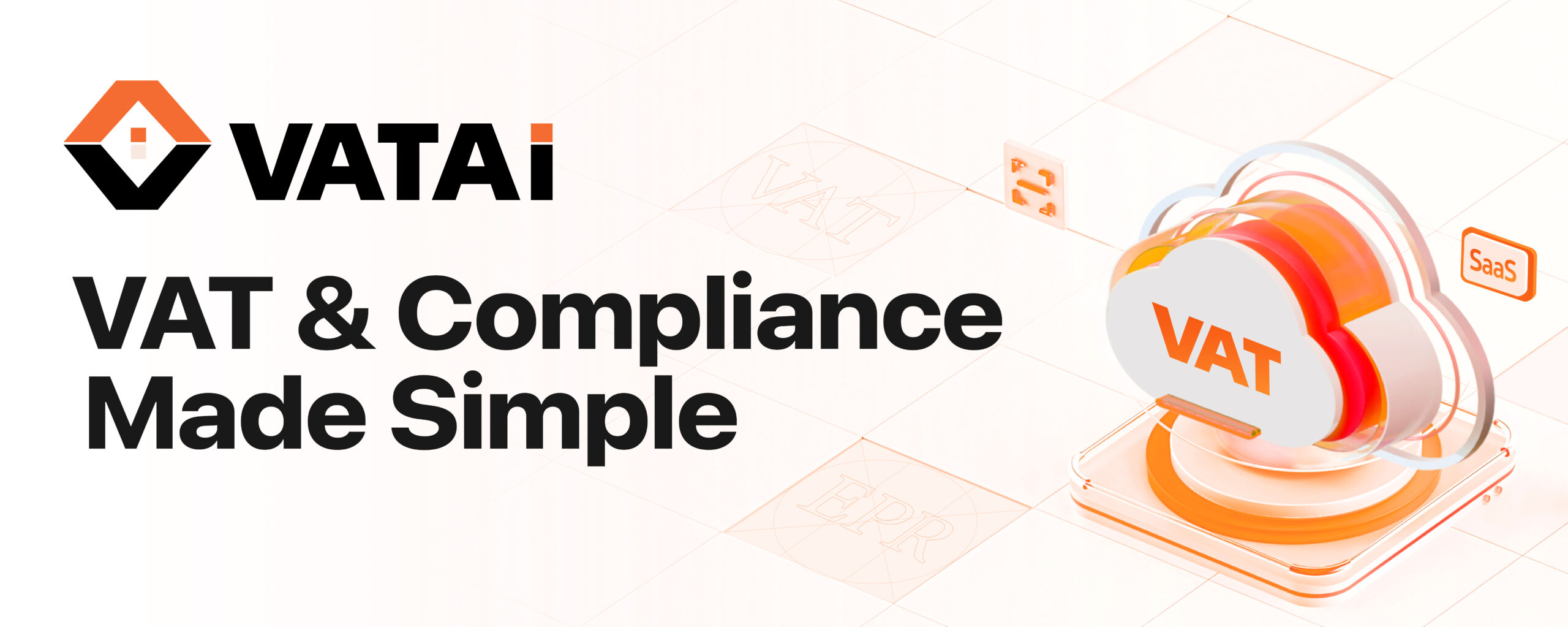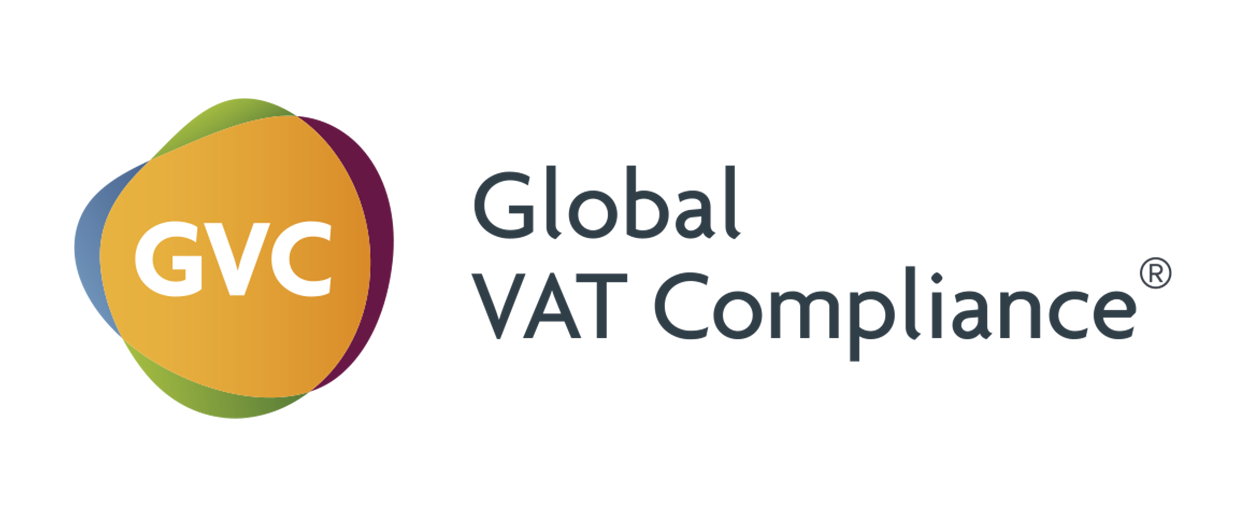- Opting to tax allows a supplier to choose to add VAT to a supply of commercial property, turning an exempt supply into a taxable one
- This option does not apply to residential properties unless it is a new build being sold for the first time
- The primary reason for opting to tax is to recover or avoid input tax related to the property
- The decision to opt is made by the property owner or landlord and cannot be influenced by the purchaser or tenant unless specified in contracts
- Once opted, the decision is generally irrevocable for 20 years, though there are exceptions allowing review within six months under certain conditions
- If the property has been involved in exempt supplies previously, HMRC’s permission is needed to opt
- Considerations Before Opting
- Assess if VAT was incurred on the purchase
- Determine if the property comes with a tenant and if the transaction can be treated as a VAT free Transfer of a Going Concern (TOGC)
- Consider involvement in the Capital Goods Scheme
- Evaluate potential costs like refurbishment and other related expenses
- Check if the lease will be full tenant repairing and if the tenant or purchaser can recover VAT
- Input Tax Recovery
- Input tax from an exempt supply is usually irrecoverable
- To recover input tax, the supply must be taxable, achievable through opting to tax, making the sale or rent of the property standard rated
- Two-part Process of Opting to Tax
- Involves a decision by the business which should be documented, typically in Board meeting minutes or similar records
Source: marcusward.co
Note that this post was (partially) written with the help of AI. It is always useful to review the original source material, and where needed to obtain (local) advice from a specialist.




